Where does your noise come from?
Our perception of what is and is not an acceptable noise level has changed a great deal in the past 100, or even 25 years. The change in designs for improvements in transit times, fuel economy and even energy production are visible all around us and impact our daily lives. Vehicles on the motorway, local commuter and high-speed trains, aircraft, and wind turbines all impact our lives in various ways, including the addition of noise.
Aerodynamics has long been a factor in fuel economy, and will continue to be so, but the concern for aerodynamic noise is constantly increasing for sound quality in cars, busses, trains, aircraft and around the blades of a wind turbine. With the development of new technologies and the evolution of customer expectations and local, regional and national standards for health and safety, the need to better understand aeroacoustics has transitioned from a “nice to have” to a “need to have.”
Noise now has a lot of influence in product design. In new vehicles, for example, a badly designed side mirror can produce a significant amount of extra noise. This will be seen as a major flaw and unacceptable. As such, aeroacoustic considerations have become key design factors, especially in electric vehicles where new irritants can be heard, as the masking noise from the engine and transmission is no longer present. Not only would this noise impact customer satisfaction, it could introduce new hazards if it impacts the sound quality of the vehicle, contributing to driver fatigue or reducing speech intelligibility inside the cabin and interfering with voice-activated vehicle features and infotainment systems.
Just as the aerodynamic key to making more fuel-efficient vehicles is to understand turbulence and how to get accurate measurement data and refine designs, the same is true for aeroacoustics and developing quieter designs. An important component of aerodynamic noise, or the flow noise, comes from the wall pressure fluctuations induced by the turbulent boundary layers around the vehicle or aircraft. Similarly, the interaction of the turbulent flow with the leading edge of a blade is a main noise source mechanism for propeller-driven aircraft, fans and wind turbines. Any time an object travels through air, there will be turbulence, this is turbulence interaction noise, and (along with the test object, itself) the act of testing can produce additional factors in modelling or validation because turbulence can also be induced by objects in a different boundary layers, such as typical surface-mounted microphones or pressure sensors.
Understanding aeroacoustics and developing enhanced measurement techniques for quantifying unsteady flows is therefore necessary to accurately quantify aerodynamic noise radiation and aerodynamically generated noise. And because the edges of the measurement sensor itself can result in additional interaction noise within the area being measured, it is vital to minimize the number and size of any additional edge elements introduced to the measurement environment for the most accurate and realistic data.
Flush mounting microphones and pressure sensors has been the go-to method for reducing edges so far, but the time and expense and potential damage to the object under test present their own problems to solve. Shifting to a new measurement point involves repairing damage and drilling a new fitting, glass and similar materials do not react well to flush mounting, and some necessary measurement points are simply not large enough to accommodate a flush mounted sensor. The evolution of customer expectations and environmental requirements require the evolution of testing methods and tools that will provide the needed data. The resulting increase in the demand on testing resources, such as the wind tunnel itself, combined with the demands on budgetary resources require tools that can be quickly set up and, if needed, modified for subsequent testing, require the measurement tools to also evolve.
Interested to learn more? Download our whitepaper about "Turbulence and Measuring in Boundary Layers".









